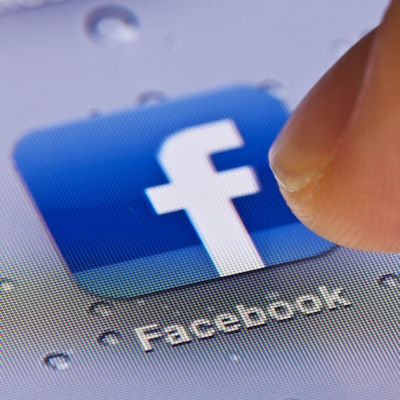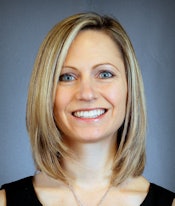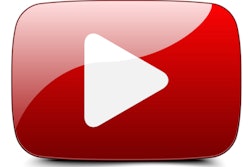
Let's face it: More and more patients are using social media platforms like Facebook to find health information. And no matter how radiologists personally feel about this trend, it's crucial to utilize social tools for patient outreach, according to a case study published online August 12 in the Journal of the American College of Radiology.
Dr. Lauren Golding of Triad Radiology Associates in Winston-Salem, NC, described her practice's experience using Facebook to proactively engage patients. With a bit of attention, Triad's home on Facebook became a valuable tool.
 Dr. Lauren Golding of Triad Radiology Associates.
Dr. Lauren Golding of Triad Radiology Associates."We use it as a way to educate people about what radiologists do, and to highlight new procedures or health information such as breast density and cancer screening," Golding told AuntMinnie.com. "It's been quite a success."
Boosting awareness
Golding herself took on the task of making the practice's Facebook page more relevant and effective in offering educational content to patients. Once the page was setup, it required only about two to three hours per week to manage, she wrote (JACR, August 12, 2016).
After she began the project, the practice's Facebook activity went from five posts in four months to 41 posts in three months, and followers grew by 100%. Maximum reach with a single post was more than 12,000 users, and the practice's Facebook page engagement rate -- that is, the percentage of people who see a post and react to, share, click, or comment on it -- averages 14%, quite a bit higher than the industry standard of 6.4%.
Not only has consistent posting increased patient engagement, but it has also caught the attention of the hospital the practice serves, according to Golding.
"External stakeholders, including hospital administrators, have offered unsolicited acknowledgment of the value we have added for our mutual patients and colleagues and the attention we have brought to new service lines," she wrote. "Technologists and patients have also provided overwhelmingly positive feedback on our social media presence."
4 tips to remember
There are four things to keep in mind when using Facebook for patient outreach, according to Golding:
- Be consistent. Consistent posting is key, she said. One way to do this is to draft posts ahead of time and schedule them at regular intervals, which then allows time for additional posts during the week that respond to current events or patient questions. "You don't want to let a lot of time pass between posts, but you also don't want to bombard patients with too many," she said. "I try to write a month's worth of posts ahead of time and schedule one or two per week."
- Post relevant information. Golding alternates between informative posts about topics like CT colonoscopy, lung cancer screening, contrast allergy, and breast density with "storytelling" posts such as interviews with technologists and other staff members or highlights of the radiologists' professional accomplishments. "By directly controlling content, we ensure that it is relevant, true to our culture, and aligned with our predetermined goals," she wrote.
- Respond to comments, whether they're positive or negative. "There's no shame in receiving negative comments," Golding said. "Negative comments can provide an opportunity to further educate patients."
- Be HIPAA-savvy. Of course, any social media should adhere to HIPAA guidelines. "Be careful about the terms you use, and don't post images with any identifying patient information," she said.
In the end, it doesn't matter how radiologists personally feel about Facebook, according to Golding. The fact is, it's a good patient outreach tool.
"If we're going to be a good source of health information, we have to be proactive and use the tools our patients are using," she said.




















